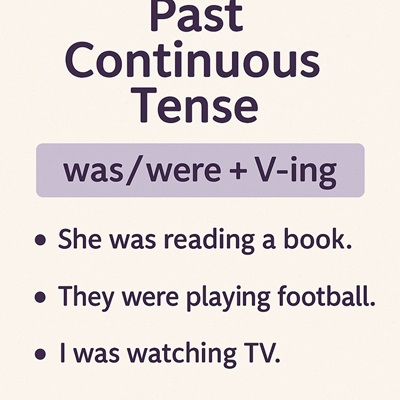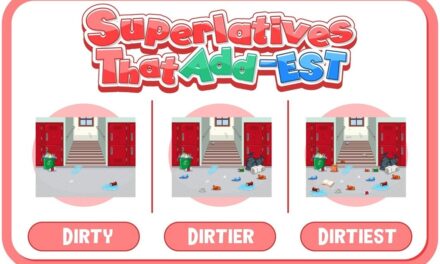Understanding Past Continuous Tense
The past continuous tense (also called the past progressive tense) is used to talk about actions that were happening at a specific time in the past. These actions were ongoing or in progress.
How to Form the Past Continuous Tense
Structure: Subject + was/were + verb-ing
- Use was with I, he, she, it
- Use were with you, we, they
Examples:
- I was reading a book yesterday evening.
- They were playing football when it started raining.
When to Use the Past Continuous Tense
- To describe actions that were in progress at a specific time in the past:
- At 7 PM yesterday, I was having dinner.
- To describe actions that were in progress when something else happened:
- I was studying when my friend called.
- To describe two actions happening at the same time in the past:
- While I was cooking, my sister was setting the table.
- To describe background actions in a story:
- The sun was shining and birds were singing.
Key Learning Points
Remember these important points about the past continuous tense:
- It always uses a form of ‘to be’ (was/were) + the present participle (-ing form) of the main verb.
- It describes actions that were in progress at a specific time in the past.
- It is often used together with the simple past tense to show that a shorter action interrupted a longer action.
- Time expressions often used with the past continuous include: while, when, as, at 8 PM yesterday, all day/night, etc.
Common Mistakes to Avoid
- Don’t confuse “was” and “were”:
- Incorrect: They was playing.
- Correct: They were playing.
- Don’t forget the -ing ending:
- Incorrect: She was play with her toys.
- Correct: She was playing with her toys.
- Don’t use the past continuous for completed actions:
- Incorrect: I was buying a new bicycle yesterday. (if the action is completed)
- Correct: I bought a new bicycle yesterday.
Image Courtesy

















